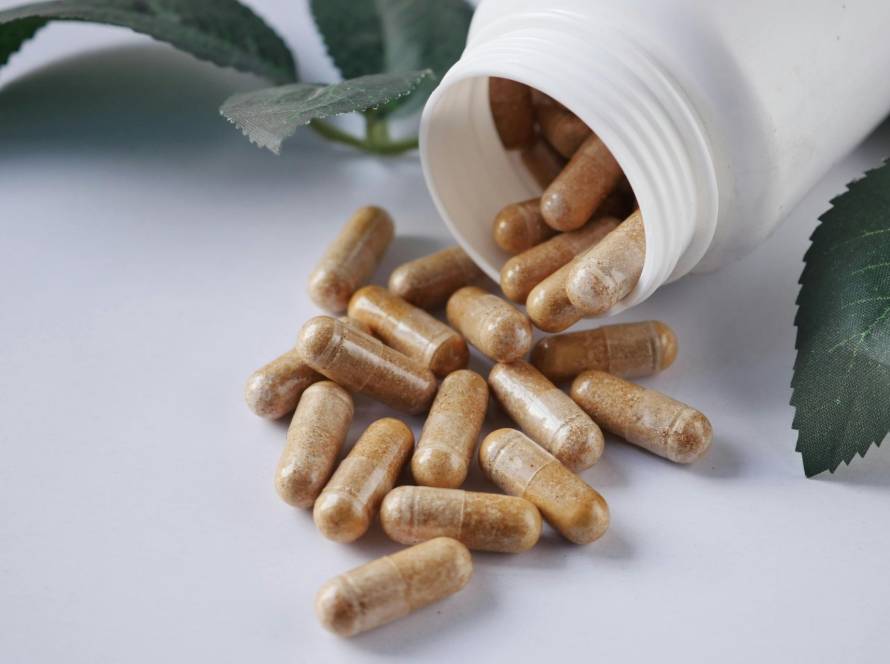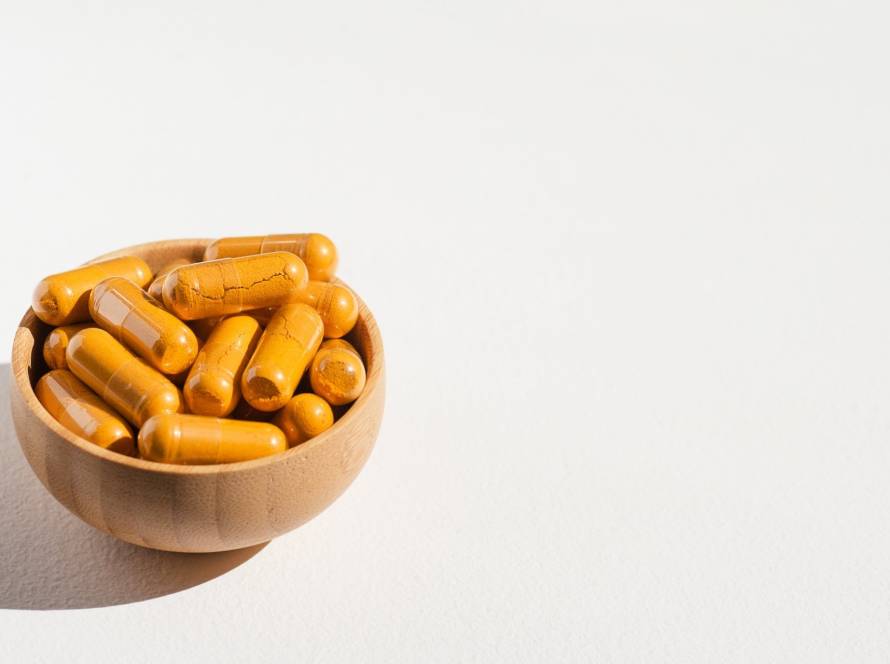Methylene blue started as a textile dye in 1876 before becoming an FDA-approved medicine, offering remarkable benefits for health and longevity. This versatile substance serves multiple clinical purposes like surgical staining, malaria treatment and methemoglobinemia therapy.
This piece dives into what are the benefits of methylene blue, according to science and what it all means for people looking to optimize their health and longevity.
Benefits of methylene blue explained
Methylene blue offers several potential benefits for brain and cellular health. It enhances mitochondrial function by improving the efficiency of energy (ATP) production, which may help combat fatigue and age-related decline. Studies suggest it can support memory, focus and cognitive performance, making it a candidate for neurodegenerative conditions like Alzheimer’s.
Methylene blue also acts as an antioxidant, helping reduce oxidative stress and inflammation. At low doses, it may even support mood and mental clarity. While more human research is needed, early evidence points to its promise in promoting longevity and brain resilience.
What is methylene blue?
Methylthioninium chloride, also known as methylene blue, started as a textile dye before becoming a powerful pharmacological agent. This bright blue compound has unique properties that make it valuable in many medical applications. Scientists use it to treat rare blood disorders and might even help slow down aging.
FDA approved applications and off-label interest
The FDA approved methylene blue’s main use for treating methemoglobinemia, a rare blood disorder that prevents hemoglobin from carrying oxygen properly. They officially approved the injection in 2016 under the brand name ProvayBlue.
Healthcare providers have found many other uses for methylene blue beyond its official purpose. They use it to prevent brain problems in cancer patients on ifosfamide, sterilize blood before transfusions and help see nerves during surgery. Research has expanded into neurodegenerative conditions like Alzheimer’s disease and clinical trials show promising results.
Why it’s gaining attention in longevity research
Longevity researchers have become excited about methylene blue’s unique biochemical properties. The compound has a low redox potential of 11 mV and works as an alternative electron carrier in mitochondria. This helps cells produce more ATP while reducing harmful oxidative stress, both key factors in how cells age.
Studies found that adding methylene blue to female mice’s food helped them live 6% longer. The compound’s ability to cross the blood-brain barrier makes it especially useful for treating age-related brain issues. Lab tests show it can improve how mitochondria work in cells that age too quickly. This suggests it might help with conditions like progeria and other age related disorders.
How methylene blue works in the body
Methylene blue’s unique molecular structure creates amazing interactions inside cellular machinery, especially when it comes to mitochondria, the powerhouses that produce energy. The way this century old compound works lights up our understanding of its many health benefits.
Acts as an electron carrier in mitochondria
Methylene blue works as a different path for electron transport inside mitochondria. The compound receives electrons from NADH near complex I and gives them to cytochrome c. This creates a bypass around complexes I and III of the electron transport chain if they stop working properly. Methylene blue’s low redox potential of 11 mV makes it great at moving electrons around. This alternate pathway becomes crucial as we age or when normal mitochondrial function starts declining.
Supports ATP production and reduces oxidative stress
Methylene blue improves oxidative phosphorylation and gets more ATP synthesis by helping electrons flow through the respiratory chain. Research shows it makes cells use more oxygen, reduces glycolysis and helps cells absorb glucose better. The compound can get more substrate-level phosphorylation in the citric acid cycle by oxidizing NADH, which creates another way to make ATP. This process cuts down on electron leakage that usually creates reactive oxygen species (ROS), which reduces oxidative stress.
Crosses the blood-brain barrier effectively
Methylene blue’s power comes from being both hydrophilic and lipophilic, which lets it pass through biological membranes easily. This special quality helps it cross the blood-brain barrier and build up in brain tissue. Scientists have found higher concentrations of methylene blue in the brain compared to blood plasma after giving it to patients. This explains why it protects neurons so well and improves cognitive function.
Redox cycling and antioxidant effects at low doses
Methylene blue shows different effects based on its concentration because it can switch between oxidized (MB+) and reduced (leucoMB) forms. Small doses (0.5-4 mg/kg) create a redox balance by cycling electrons, which makes it both give and receive electrons. This self-oxidizing feature separates methylene blue from regular antioxidants that run out after fighting just one free radical. The compound works upstream by stopping ROS from forming rather than just cleaning up existing oxidants.
Key benefits of methylene blue for brain and cellular health
Research shows methylene blue offers the most important benefits for brain health through multiple biological pathways. These benefits range from boosting simple cognitive functions to helping with serious neurodegenerative diseases.
Improves memory and cognitive performance
Studies show methylene blue boosts both short-term and long-term memory retention. Human clinical trials revealed a single low dose of methylene blue improved memory retrieval by 7% compared to placebo groups. This improvement matches increased activity in the bilateral insular cortex, a brain region critical for memory formation. The brain’s prefrontal cortex, parietal lobe and occipital cortex showed enhanced response after methylene blue administration.
Animal studies back these findings, showing that methylene blue treatment increases cytochrome oxidase activity to approximately 70% higher than control groups.
Supports mitochondrial function in aging cells
Methylene blue works as an alternative electron carrier in mitochondria and bypasses impaired complexes in the electron transport chain. This becomes valuable as we age since mitochondrial dysfunction happens during normal brain aging. Methylene blue increases ATP production and cellular energy by boosting oxidative metabolism, which supports memory formation. It also helps brain cells absorb glucose and consume oxygen, supporting energy metabolism.
Reduces oxidative damage in neurons
Methylene blue protects neurons by reducing oxidative stress, a key factor in neurodegeneration. Unlike regular antioxidants, it stops free radicals from forming instead of just removing existing ones. Its cyclical reduction-oxidation mechanism helps methylene blue stay effective without depleting after neutralizing a single free radical. The compound reduces inflammation in neural tissues, contributing to long-term brain health.
Potential role in Alzheimer’s and Parkinson’s disease
Clinical trials for Alzheimer’s disease showed methylene blue reduced cognitive decline by 81% over 50 weeks compared to controls. This works by preventing tau aggregation and lowering amyloid-beta levels. Studies of Parkinson’s disease revealed methylene blue protected dopaminergic neurons in substantia nigra and improved attention in animal models. These protective effects happen through better mitochondrial function and less oxidative stress.
Enhances mental clarity and focus
Methylene blue improves sustained attention and cognitive processing speed beyond memory benefits. Research shows better performance during challenging cognitive tasks. This comes from methylene blue’s ability to optimize brain energy metabolism, particularly in regions controlling visuomotor coordination. The compound strengthens connections between critical brain regions, including the frontal eye field and prefrontal cortex, which control attention.
May support long-term brain resilience
Scientists believe methylene blue helps maintain cognitive function against age-related decline. It guards against cerebral hypoperfusion, which can lead to mild cognitive impairment. Research shows it triggers autophagy, a cellular cleaning process, that maintains neuronal balance. These mechanisms create what researchers call a “mitochondrial reserve” that protects against age related disorders. Methylene blue could be valuable for preserving cognitive vitality as we age.
Other health benefits and emerging applications
Methylene blue’s benefits go far beyond its neurological uses. New research shows this versatile compound can improve many aspects of health through its unique properties.
Skin aging and UV protection
Methylene blue shows remarkable promise as a skin protectant and anti-aging compound. Studies show it decreases reactive oxygen species in skin cells and reduces markers of cellular aging. The compound works better than other popular antioxidants like N-Acetyl-L-Cysteine, MitoQ and mitoTEMPO. It also boosts skin hydration, increases dermis thickness and gets more elastin and collagen 2A1 production, proteins our skin needs to stay young.
Wound healing and tissue regeneration
Our wounds heal faster with methylene blue through several ways. It helps fibroblasts move and multiply, which improves tissue repair by a lot. Studies with diabetic mice showed better wound closure rates when they used methylene blue compared to those that didn’t. The compound helps create new blood vessels by increasing CD31 and VEGF, while reducing cell death at wound sites.
Antimicrobial and antiviral properties
Doctors first used methylene blue to treat malaria in the 1890s. The compound works against many bacteria including Escherichia coli, Staphylococcus aureus,and Pseudomonas aeruginosa. New research confirms it can fight SARS-CoV-2 and H1N1 influenza virus, even without UV light. It works by damaging viral DNA/RNA and targeting viral envelope proteins.
Potential in progeria and rare aging disorders
Methylene blue has achieved remarkable results in progeria studies. It fixed cellular defects, including problems with cell nuclei and mitochondria. The treated progeria cells looked so normal that scientists could barely tell them apart from healthy cells. This suggests it could help with both premature aging disorders and normal aging.
Methylene blue is a remarkable compound with a fascinating medical history that goes way beyond the reach and influence of its origins as a textile dye. The evidence we’ve seen supports its many benefits for brain health, cellular function and potential to extend life.


